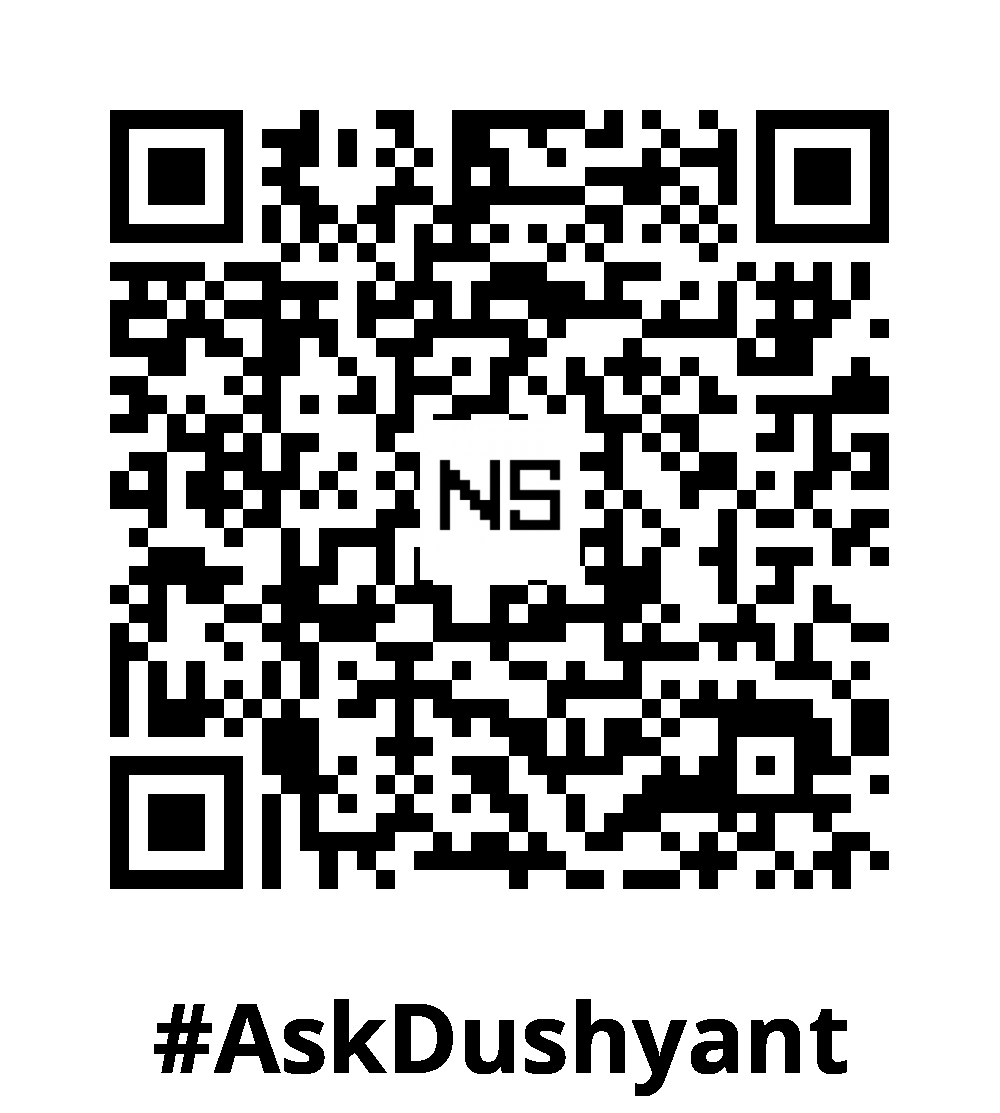Webhooks are a powerful mechanism for real-time communication between applications. Instead of constantly polling an API for updates, webhooks allow services to send data to your application when specific events occur. They are widely used in automation, notifications, payment processing, and integrations with third-party services.
This tech concept, will help you understand the concept of webhooks, the differences between callbacks and webhooks, and how to build a webhook using Python with Flask and FastAPI. In my 20-year tech career, I’ve been a catalyst for innovation, architecting scalable solutions that lead organizations to extraordinary achievements. My trusted advice inspires businesses to take bold steps and conquer the future of technology.
What is a Webhook?
A webhook is an HTTP-based callback function that enables applications to send real-time data to other applications when an event occurs. It acts as a listener, waiting for incoming HTTP requests from external services.
How Webhooks Work
- A service or API registers a webhook URL.
- When an event happens (e.g., a new order is placed, a user signs up), the service sends an HTTP POST request to the registered webhook URL.
- The receiving application processes the data and takes action accordingly.
Common Use Cases of Webhooks
- Payment Processors: Stripe and PayPal send webhook notifications for successful transactions.
- CI/CD Pipelines: GitHub webhooks notify Jenkins when new code is pushed.
- Chatbots: Slack and Telegram use webhooks for real-time message updates.
- Monitoring & Alerts: Webhooks trigger notifications for server downtimes or application errors.
Callback vs. Webhook: What’s the Difference?
Both callbacks and webhooks facilitate communication between systems, but they function differently. A callback is a function passed as an argument to another function, which is then executed after the completion of an operation. In contrast, a webhook is an HTTP-based mechanism that allows external services to notify your application when a specific event occurs. Here are the key differences between the two:
| Feature | Callback | Webhook |
|---|---|---|
| Initiation | Client-initiated | Server-initiated |
| Communication Method | Direct function call | HTTP request |
| Real-time Updates | Only when requested | Event-driven, automatic |
| Use Case | Used within the same system or API | Used between different applications |
| Example | Fetching user profile data from an API | Receiving payment success notifications |
Webhooks provide a push-based mechanism, making them more efficient for real-time event handling, whereas callbacks are typically pull-based and require direct invocation.
Setting Up a Webhook in Python
Python offers multiple frameworks to build webhooks, including Flask and FastAPI. Let’s explore both approaches.
1. Building a Webhook with Flask
Flask is a lightweight web framework that makes it easy to build REST APIs.
Installing Flask
pip install flaskCreating a Simple Webhook with Flask
from flask import Flask, request, jsonify
app = Flask(__name__)
@app.route("/webhook", methods=["POST"])
def webhook():
data = request.json # Get JSON payload
print("Received Webhook Data:", data)
return jsonify({"message": "Webhook received successfully!"}), 200
if __name__ == "__main__":
app.run(host="0.0.0.0", port=5000)2. Building a Webhook with FastAPI
FastAPI is an async-based modern framework, perfect for high-performance applications.
Installing FastAPI
pip install fastapi uvicornCreating a Simple Webhook with FastAPI
from fastapi import FastAPI, Request
import uvicorn
app = FastAPI()
@app.post("/webhook")
async def webhook(request: Request):
data = await request.json()
print("Received Webhook Data:", data)
return {"message": "Webhook received successfully!"}
if __name__ == "__main__":
uvicorn.run(app, host="0.0.0.0", port=5000)My Tech Advice: Decoupled systems seamlessly interact through webhook-driven, event-based architecture—powering connectivity in today’s interconnected tech landscape. Building a webhook in Python is simple with Flask and FastAPI. Webhooks enable real-time event-driven communication, making them invaluable for modern applications. Understanding the difference between callbacks and webhooks helps in choosing the right approach for specific use cases.
#AskDushyant
Note: The example and pseudo code is for illustration only. You must modify and experiment with the concept to meet your specific needs.
#TechConcept #TechAdvice #Webhook #Callback #server #communication #Python


Leave a Reply